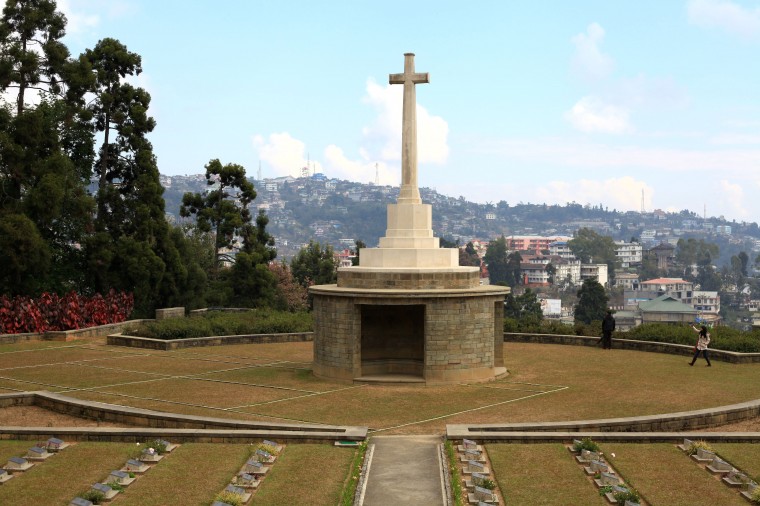
Continuing your journey from the hornbill festival in Kisama village, head towards the Kohima war memorial; and pay respect to those Indian soldiers who laid down their lives in the quest of Indian freedom which we enjoy since 1947.
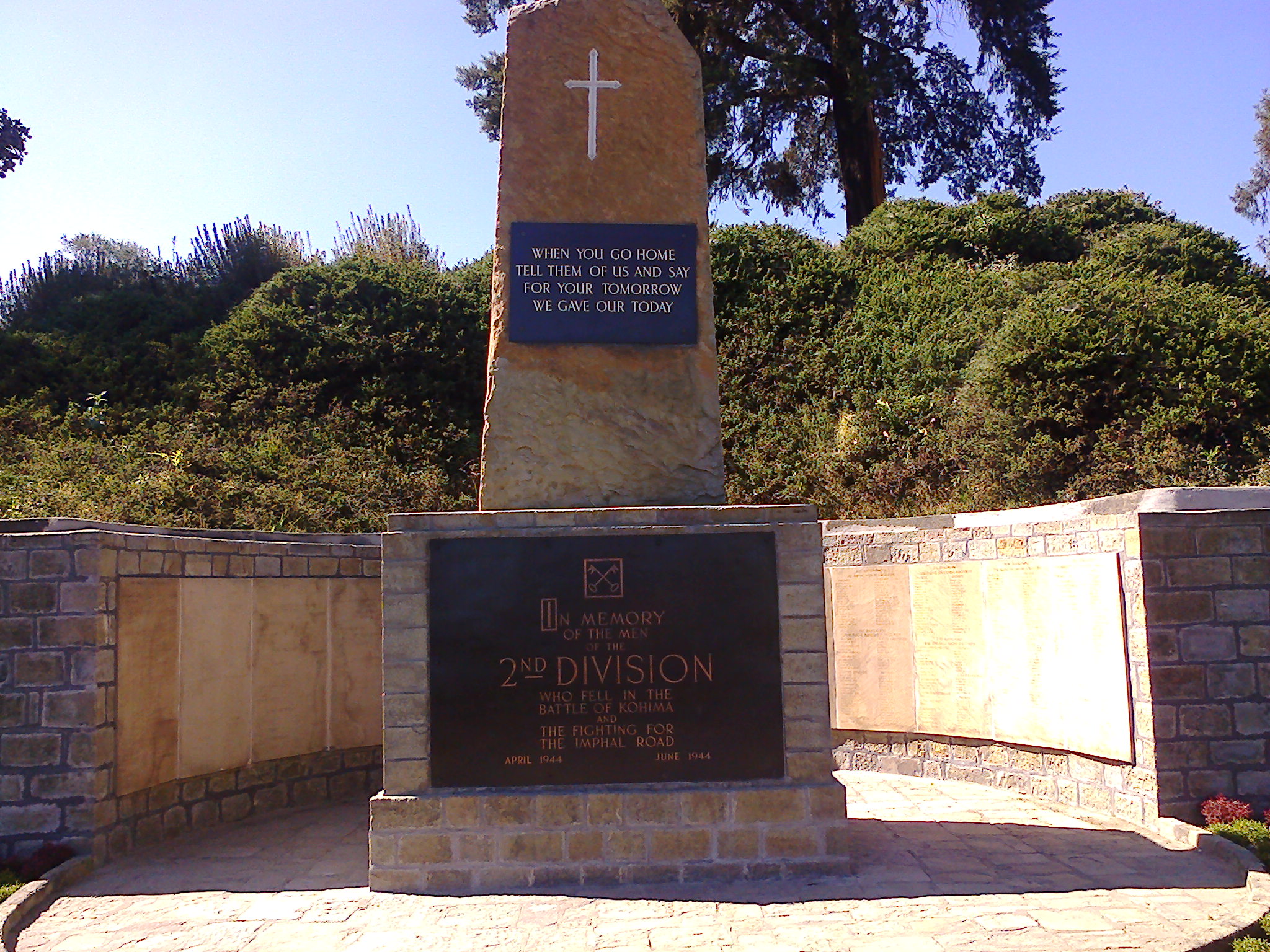
Image Source – https://upload.wikimedia.org/wikipedia/commons/2/26/Kohima_War_Cemetery%2C_Kohima%2C_Nagaland_%2889%29.jpeg
The battles of Kohima and Imphal have been voted as the Greatest Ever Battles, which involved the British. The battle is also known as the Stalingrad of the East. The sight explains the sentiment behind the poem by John Maxwell Edmund, inscribed on the epitaph: When you go home tell them of us and say for your tomorrow we gave our today.
This inscription is now the most popular inscriptions in the world. A little thought about these words invokes thoughts about the life in the past years and the fleeting nature of life. The Kohima war memorial actually is built in memory of the Indian and British soldiers who laid down their lives fighting the Japanese invasion of British India. The battle was so fierce that it claimed over 4000 Indian and British lives and 5000 Japanese lives; second only to the Stalingrad battle, where the Soviets lost 1 million men while repulsing an attack from the combined forces of German, Romanian, Croatian and Italian forces, who lost 800,000 men.

Image Source – https://upload.wikimedia.org/wikipedia/commons/c/c5/Entrance_to_Cemetery.jpeg
The Kohima war cemetery is a humble reminder of that grim reality, where Indian and British soldiers fiercely defended the nation against the Japanese empire. The Victorious march of the Japanese army was stopped at Kohima, after their successful campaign in Manipur. The purpose of the Japanese army was to overthrow the British Raj from the Indian subcontinent. The Nagas, who were an isolated society till then, came across two foreign armies fighting a fierce battle on their lands.
Buoyed by their successful campaign against the British in Asia, the Japanese were confident about overthrowing the British Raj. However, the Japanese were in for a surprise. The combined forces of Indian and British soldiers put up a resilient fight against them. The battle of Kohima is considered as one of the greatest defeats in history. Additionally, the Japanese lost their men to hunger, disease, and exhaustion.
The war cemetery in Kohima is maintained by the Commonwealth War Graves Commission. The cemetery is built on the Garrison Hill, which was the site of the battleground. The cemetery is now home to 1420 graves.
At the top of the cemetery, is a memorial dome (chhattri), which commemorates 917 Hindu and Sikh soldiers, who were cremated according to their faiths. From this dome, you can get a clear view of the entire Garrison Hill and the Kohima town.
One can only imagine how life must have been for those Indian soldiers, who fought someone else’s war to win us independence. And they did! The least we can do is be grateful and value the freedom we enjoy colored by the blood sacrifice and honor.
And for the military history enthusiasts, this is the very battle where India’s fiercest soldier, Field Marshal Sam Maneckshaw was awarded a Victoria Cross, while still on the field.
Pay tribute to these soldiers visit the memorial with SOTC Northeast Packages.
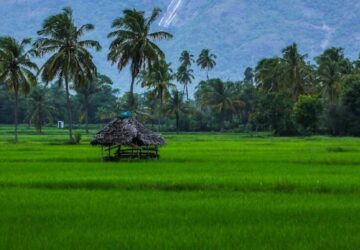
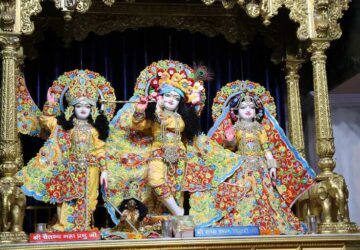


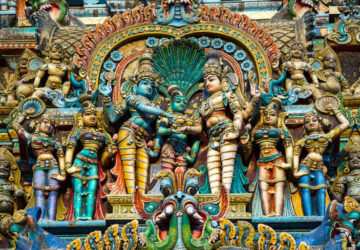
Related Post
Famous Temples and Heritage Sites in Ayodhya, Uttar Pradesh
10 Famous Street Foods of Mumbai
Mount Abu: Rajasthan’s Summer Capital
15 Best Honeymoon Destinations in India in May (2024)
Get Acquainted with the Unmingled Marine life of Andamans
Ten Interesting Facts About Serbia
15 Best Places to Visit in Serbia
The Colour Coordinated Cities of Rajasthan
5 Amazing Facts about La Tomatina in Spain
Fun Facts about the World's Most Luxurious Train - Palace on Wheels